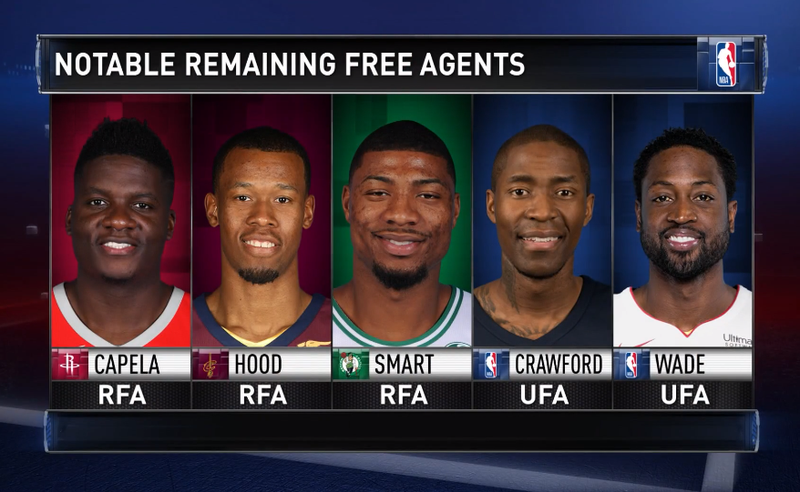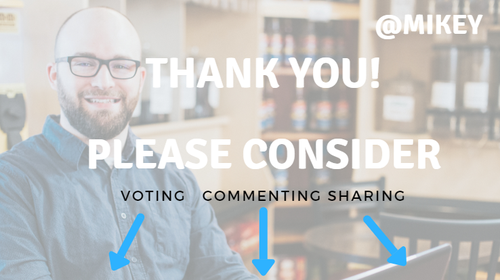
While writing an article on the crazy NBA offseason that is coming up in 2019 with a large number of superstars becoming available, I realized that some sports fans might not understand how free agency works. If you're one of them, don't worry. Although there are a lot of moving parts to contracts in the NBA, we're going to take a quick and simple crash course in NBA free agency to learn what it is, how it works, and the different types of free agents that may or may not be available to teams looking for players who will improve their chances of winning a championship.
What is NBA Free Agency?
NBA free agency is a period in which players who are no longer under a binding contract with their team can sign with another team or re-sign with their current team. In the NBA, free agency traditionally begins on July 1st, meaning teams can begin to negotiate with players at this time.

Each NBA team has to abide by the league's salary cap, which is currently $101.9 million. This money is spread throughout their roster. Each roster typically includes 12 active players and several reserves. If a team goes over the salary cap, they must pay a luxury tax. Teams carefully balance their contracts to avoid paying the tax and to get the most out of their roster. This is why you often see teams trade an expensive player and give up a draft pick just to unload the player on a different team's salary cap.
Types of Free Agents
There are 3 types of free agents, explained below.
- Unrestricted Free Agents (UFA)
Just as it sounds, UFA's can sign with any team for any amount that they agree to as long as it fits within that team's salary cap and other league rules (minimums, maximums, etc.).
- Restricted free agents (RFA)
RFA's can attempt to sign with another team. This is called signing an offer sheet. Because they are a restricted free agent, the team they previously played with will have the ability to match the terms (years + salary) and retain that player. The term thrown around is the right of first refusal, meaning their original team can match the offer sheet submitted by another team, or refuse to match it, meaning the team that submitted the offer will be able to complete their signing of the player.
- Options
Contracts can contain options. Several of the most common options are team options, player options, and early termination options.
- Team options allow a team to keep a player by exercising that option. For example, let's say Sam Smith is a free agent with a team option for $7M. If the team wants to keep him, they will exercise this option and pay him the $7M salary to keep him for that year. If they decline this option, he will become an unrestricted free agent.
- Player options work similar to team options except it's up to the player. For example, Kevin Durant has a player option that allows him to stay with the Golden State Warriors for another year, or explore signing a contract with another team. It is believed that Durant will decline his player option and look to sign with a new team as an unrestricted free agent.
- Although rare, early termination options allow a player to void their contract and become a free agent. This is only seen in long-term deals with high-profile players.
Please comment below and let me know your thoughts. Or if I messed up or forgot to include anything important above, please yell at me in the comment section!

Note: This article is unique although the plagiarism checker is stating that it is not 100% unique. Since I am explaining something that is a fact, and obviously, other websites have other descriptions of free agency, it's bound to come up as similar in technical checks.
Comments